Pollinators
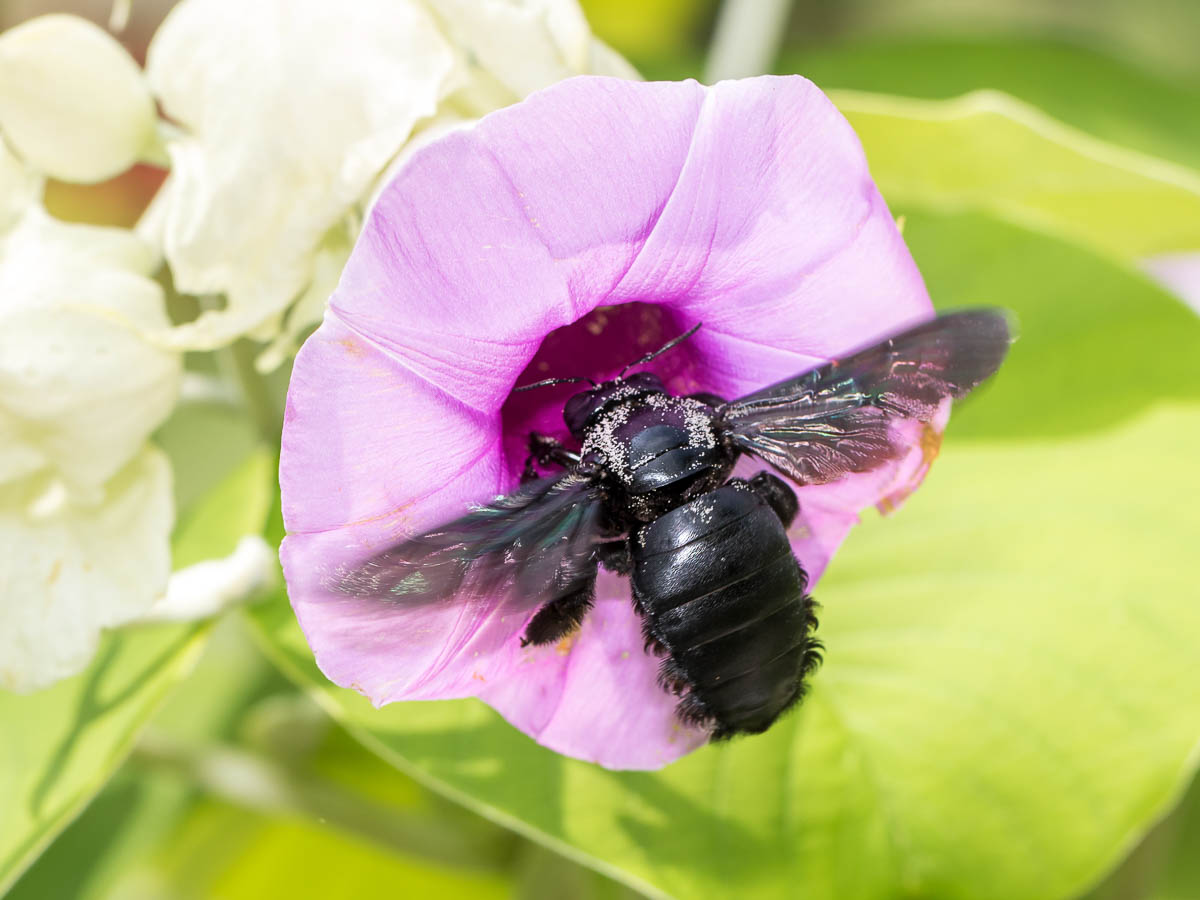
Pollinators are animals that transport pollen from one flower to another, which is an important part of the fertilization process for many plants. Successful fertilization of flowers leads to the production of more fruit in many species, which in turn also produces seeds when the fruits are ripe.
Almost any animal that interacts with flowers could potentially be a pollinator, but the most common ones we see in gardens tend to be bees, butterflies, moths, and birds.
Your garden can support and attract a wide variety of pollinators by growing pollen- and nectar- producing plants. Your garden should ideally have flowers all year long to provide a steady supply of food for the pollinators so that when you have fruiting crops that need pollination, the pollinators will already be nearby. Reducing pesticide use and using integrated pest management methods to manage harmful pests will also make your garden safer for your pollinator friends to visit.
Bees
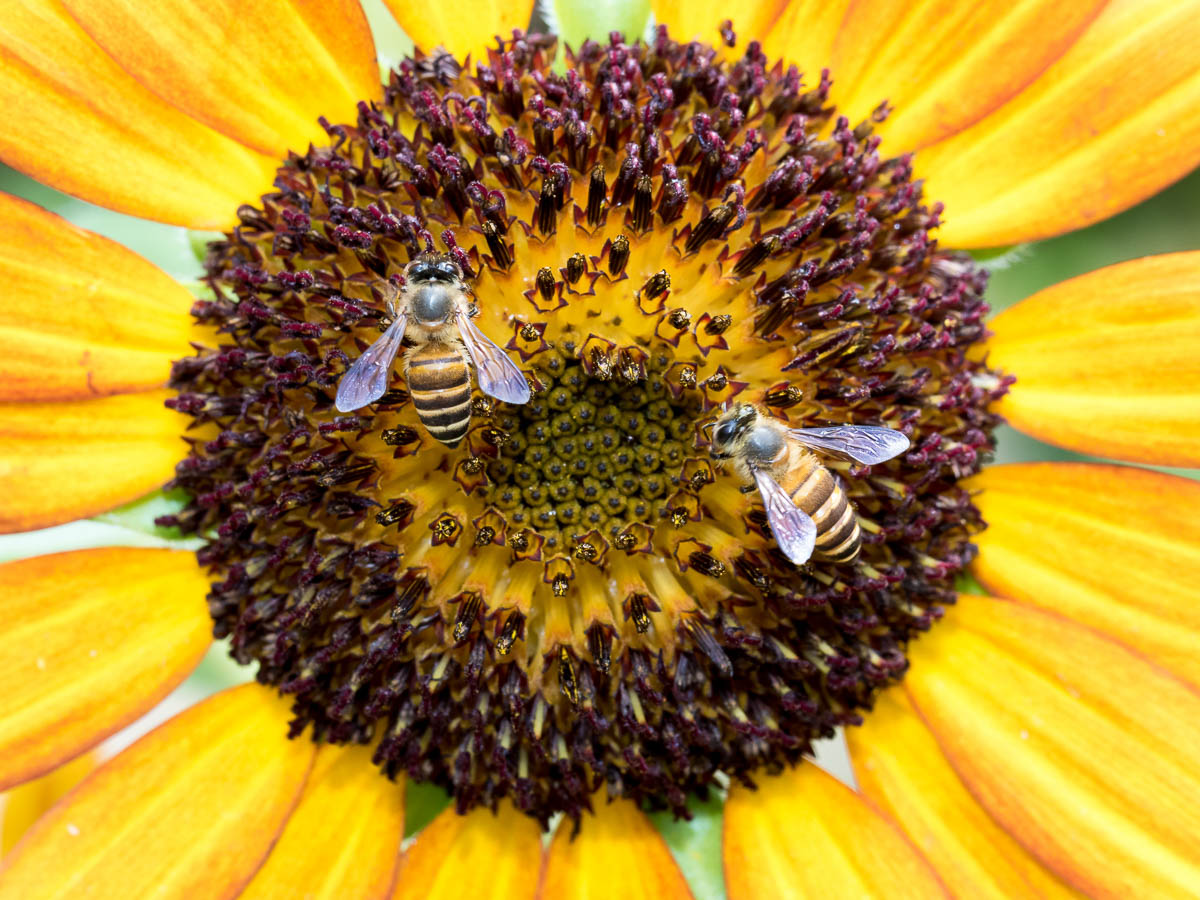
Bees are the most efficient pollinator on earth because female bees collect pollen to feed their young. As such, they are the most likely of the pollinators to carry pollen from one flower to another. Bees favour short, open flowers with lots of pollen like the Coral Vine, Golden Dewdrop and Thai Basil.
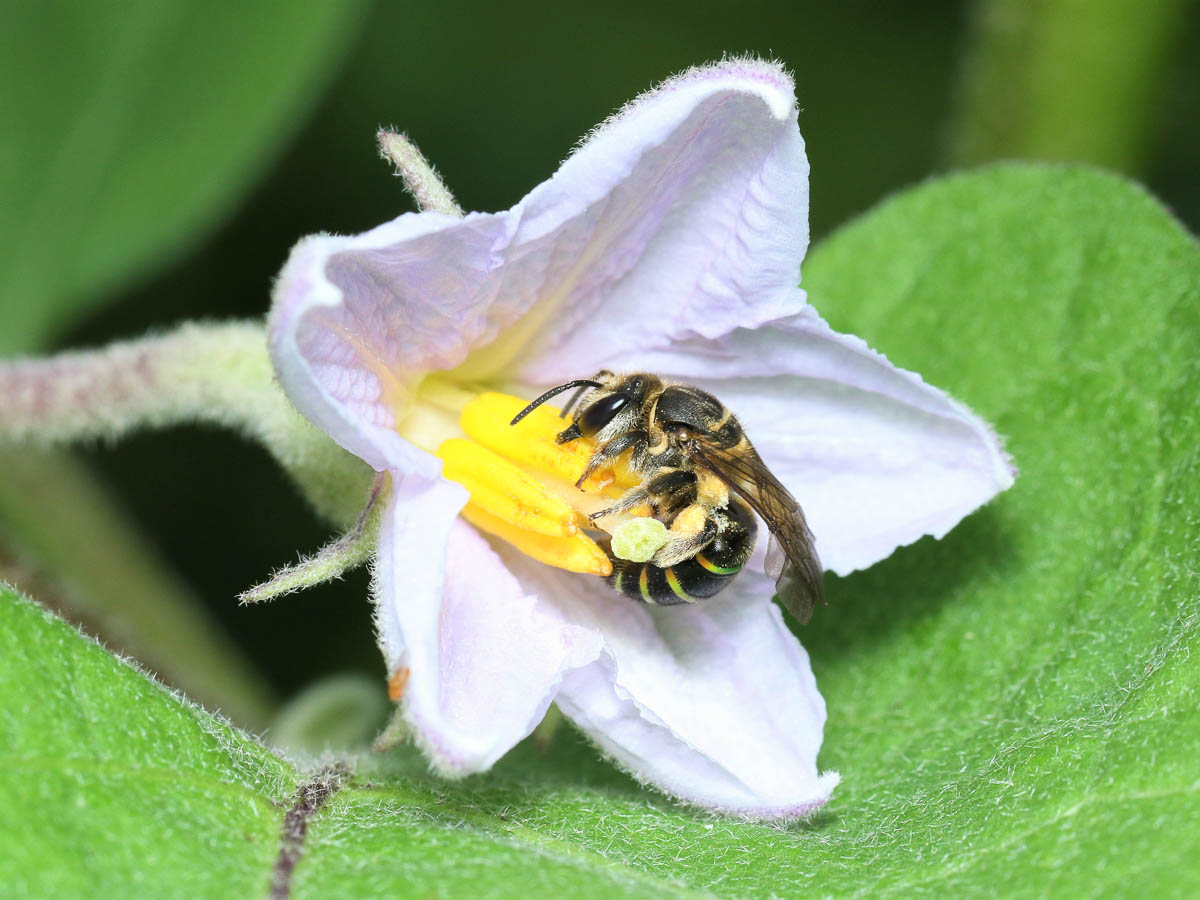
Some bees, like Carpenter bees, Pearly banded Nomias and Blue-Banded Digger bees perform buzz pollination, in which they buzz at a special frequency that causes certain flowers to release more pollen. Tomatoes, Chillies, and Brinjals are buzz-pollinated, and have higher yields of fruit when they are pollinated by bees as compared to hand-pollination.
Learn more about common garden bee species in our downloadable bee brochure here.
Almost all bees seen busily working in the garden are female, with most of them being Honey Bee workers. Foraging worker bees are not dangerous if left alone while collecting pollen, but they can become aggressive if their hive is disturbed. Hives that are within reach of children or gardeners should be removed or relocated by a licensed professional for safety. Please visit our bee advisory page to learn more about how you can safely interact with bees.
Butterflies and moths
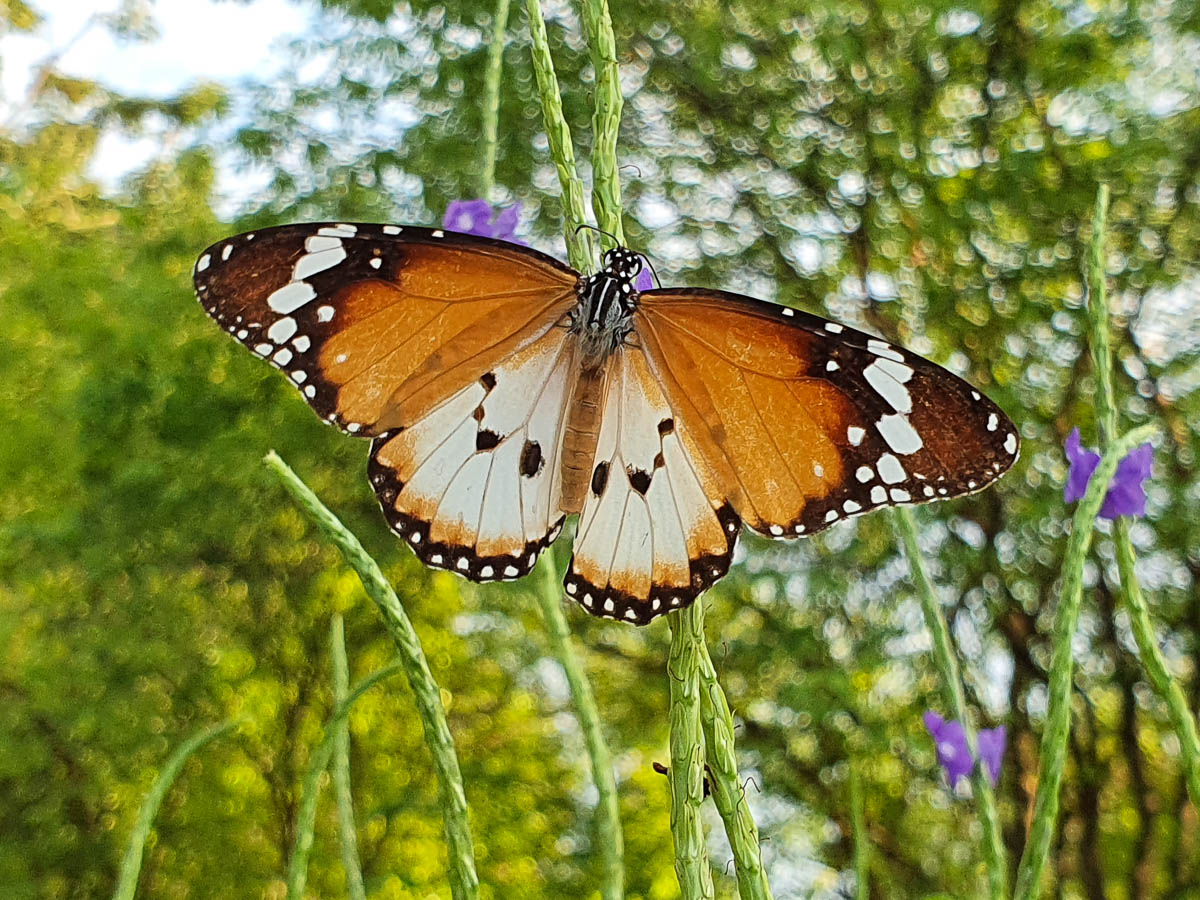
Butterflies and moths are a joy to see in the garden as they gracefully flit from flower to flower, using their long proboscis to drink nectar deep within flowers. Because of this, butterflies and moths usually go for long, tubular flowers like the Javanese Ixora and Pagoda Flower, but can also be found visiting smaller, nectar-heavy flowers like the False Heather and Brazilian Tea.
However, their larval form or caterpillars, are generally not as well liked as they tend to rapidly eat the leaves of their host plant, leading to them being considered garden pests.
Some caterpillars are host specific, like how lime butterfly caterpillars feeding exclusively on citrus plants and diamondback moths will only eat the leaves of the cabbage family. Some species like the tussock moth caterpillar are generalists, and will eat a wide range of plants. Identifying the species of caterpillar and the adult butterfly will help gardeners decide if they want to keep the caterpillar as part of their garden’s biodiversity, or to remove them to preserve crop yield.
Download a list of common butterflies here.
Interested to learn how to spot and document butterflies? Join the NParks Butterfly Watch and become a citizen scientist!
Birds
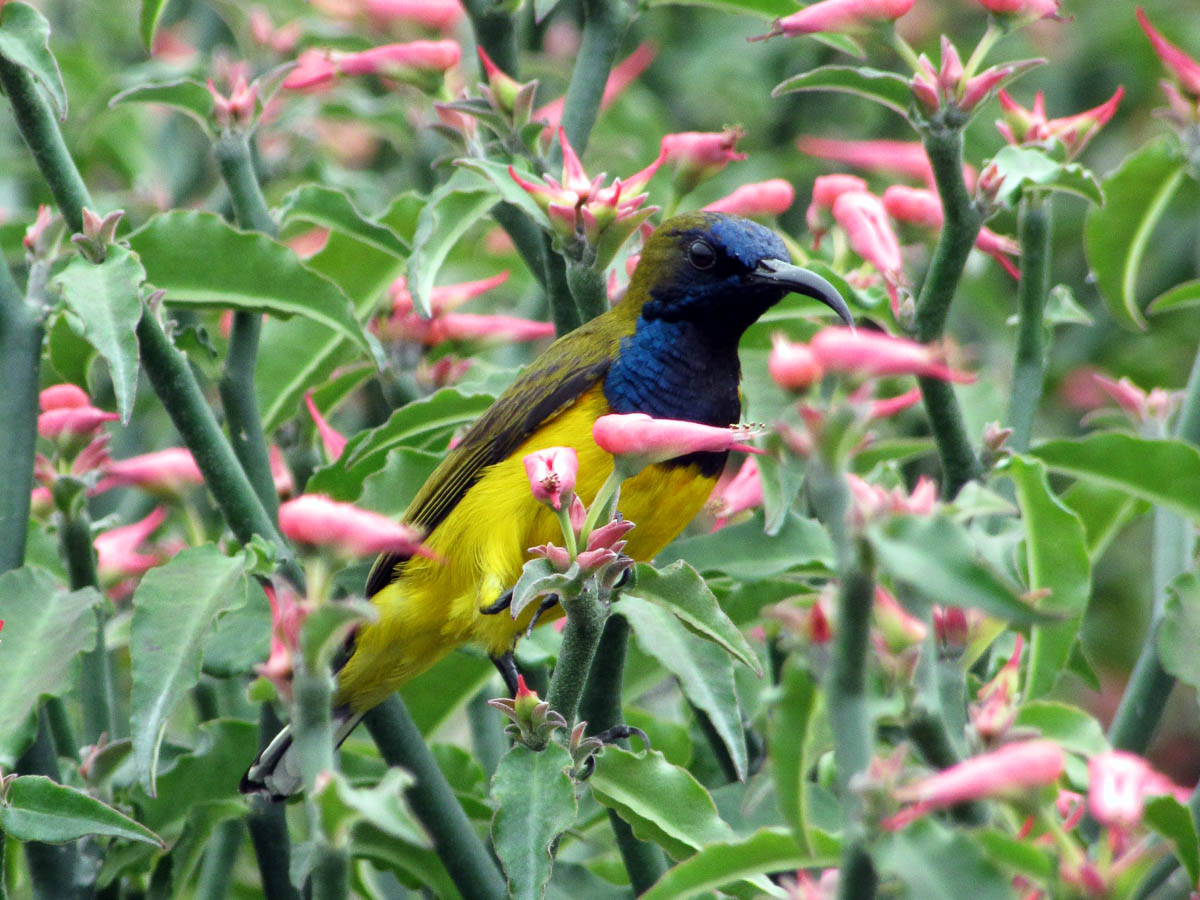
Nectivorous or nectar-loving birds like sunbirds and flowerpeckers are also pollinators as they readily visit flowers to drink nectar. Like butterflies, these birds love long tubular flowers like Torch Ginger, Lipstick Plant and Turk’s Turban that produce lots of nectar.
.jpg)
These colourful birds are often feeding and displaying in the morning while calling, making them an engaging visitor to any garden. Sunbirds are commonly found nesting in gardens, including those along corridors!
Interested to learn how to spot and document birds? Join the NParks Garden Bird Watch and become a citizen scientist!

